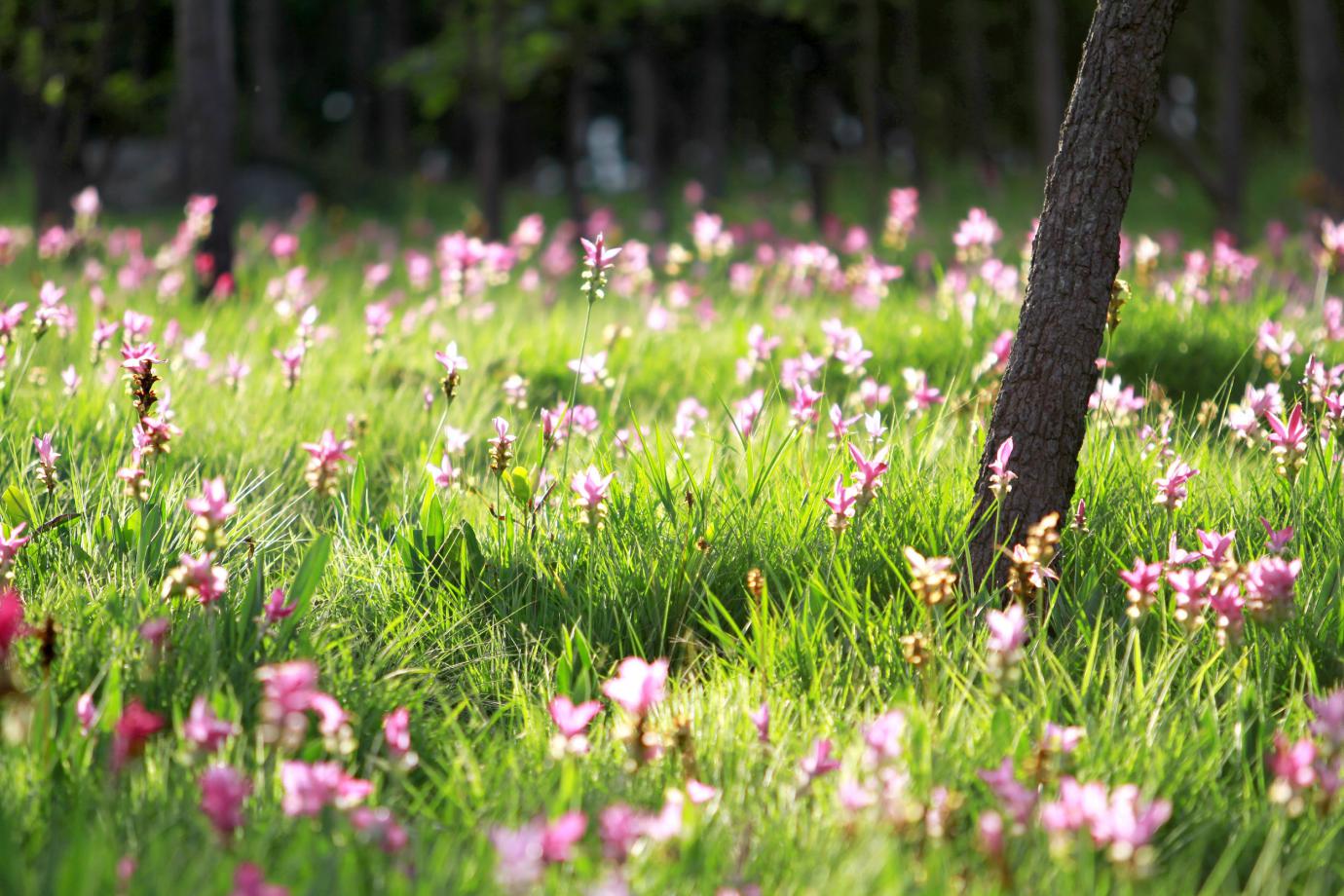
"Angela stood in her backyard in overalls, gloves and her gardening boots. It was once again the time to sow new plants for the coming season. As she looked around at the plants in her flower beds, she could see how the hot summer had parched the grass, causing bald patches in her lawn. The soil had started to dry up and the topsoil needed turning.
Her water tank, like the rain, had been low, and due to the drought, was restricted. Looking around at her plants, she thought to herself. "Let's hope we get some more rain in the tank this season."
When it comes to keeping a healthy garden, many aspects help it thrive. However, no plant will be able to grow without one main thing – water, the primary source that keeps it growing.
Therefore, how you give the plant the ability to store water can be vital. Here are my tips on how to keep your plant life hydrated.
Proper Irrigation
If you want to build a prosperous garden, the best thing is to provide the plant life with the easiest way to access their means of hydration.
Using a sprinkler system is a great way to keep your lawn and flowerbeds blooming with color and fragrance.
Certain models also allow for automatic and manual shut-offs, so that you can control how much water is used.
They can also have timer settings, so that they are in use only at select times, in case you have water restrictions as to when you are able to water your garden.
Plant those plants that are the most suitable to your climate
One of the ways to have your garden thrive and deal with moisture is by being selective with your plants. You can benefit by planting native plants, trees and shrubs.
By doing so, provided you have sowed them in the appropriate soil and help with an occasional drink, the plants naturally know how to reap the benefits from the nutrients they need.
Plant those plants that don’t grow big in size. A gum tree may look gorgeous in a bush backyard, but they mature to extreme size and suck up moisture.
Use mulch on your flowerbeds
One of the best ways to keep your garden moist, particularly during the hotter weather, is by using mulch in your soil.
While keeping nutrients in, by using rich, free-draining mulch, your plants and their roots will receive all the water they require.
According to The Micro Gardener's fourth tip, having mulch as the protective layer can help prevent water evaporation from your garden and prevents weed growth.
Improve your soil
To propagate a garden that won't just survive but bloom and thrive, it is best to understand that it isn't as simple as the same soil for every plant.
Different plants work best in different types of soil. At the same time, these can require some extra help.
According to Bunnings, to improve those such as clay soil, which can dry out due to poor drainage, it is best to "add sand" to these soils.
Go Organic
Along with mulch and good soil, another benefit to your garden and flowerbeds is to use organic matter and compost. This helps your soil more than some fertilizer, keeping your garden natural.
According to Gardening Know How, many organic materials can help your garden absorb the water it needs, including "straw, grass clippings and shredded bark."
Now, there are some of the many ways to aid your garden in keeping thirst at bay. I hope that your garden beds may reward you with a flourishing and fruitful floral feast and a healthy harvest. Happy gardening to you!
You may also like
Low-Water Zen Garden: Design Considerations
5 Ways to Create an Eco-Friendly Garden
Domestic Organic Gardening: Learning from the Experts
Making Your Garden “Greener” in More Ways Than One
